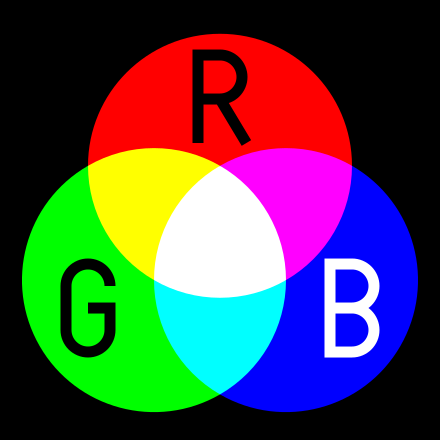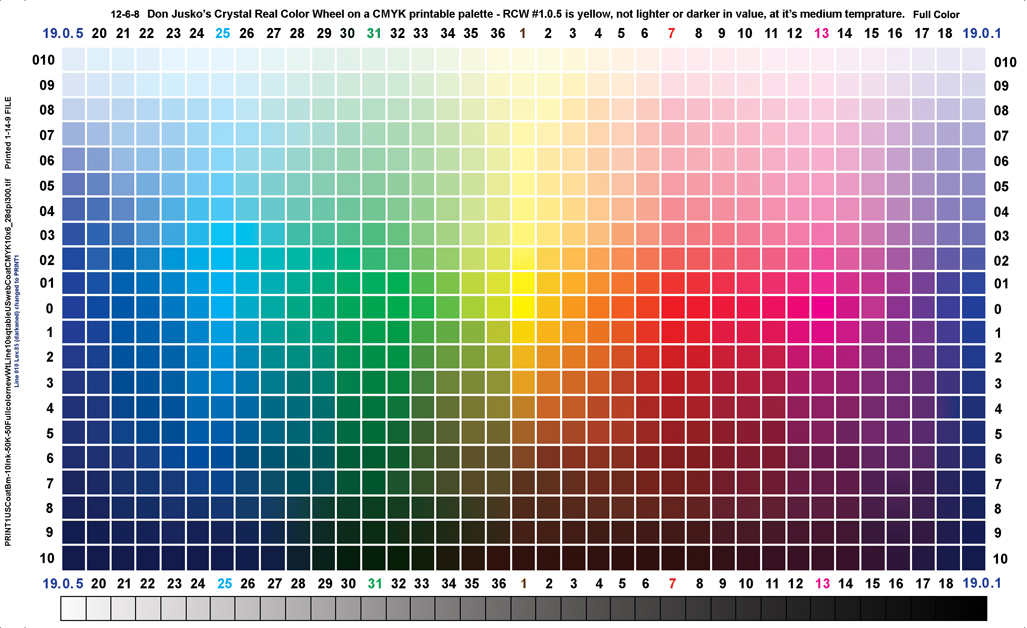

The only way to match them is to switch to CMYK and adjust BEFORE printing. Especially if there are brand colors that need to be consistent from screen to print.įor a brand, the tone of green on their website has to look exactly the same as on their printed flyers. Some newer printers automatically adjust from RGB to CMYK but you should still always work with CMYK when the project is meant to be printed.
#Rgb primary colors professional
If your printing shop cares for your professional career, they will remind you to switch to CMYK on your program and readjust color tonalities.If you sent it to a printing shop, they will change it to CMYK for you but there will be color differences from what you see on your screen.If you print something on your home printer you might notice that the color on the paper is not the same as the one on the screen.

What happens if you design in RGB and forget to switch to CMYK before printing? If you are designing for print, then you should change the settings of your design program to the CMYK system. So, when do you use RGB and when do you use CMYK?Īll digital designs should be created in the RGB color system. And the secondary colors of RGB are cyan, magenta, and yellow. If you look closely at the visual above, you’ll see that the secondary colors of CMYK are red, green, and blue. Remember that these are the colors that combine to make what you see on screens. When these are combined, they make white. The colors in RGB are Red, Green, and Blue. It’s not a pure black, that’s why inks always have K, which is a better black than mixing cyan, magenta, and yellow. When the first three colors are mixed together, they technically make black. The colors in CMYK are Cyan, Magenta, Yellow, and Black.

On a screen, red, green, and blue light pixels make up every color we see. A white piece of paper is not absorbing any light and as it reflects all the colors, we only see white. Green is being reflected and that is why we see the plant as green. When we look at a green plant, light is being absorbed, except for green light waves. Light is made up of all the colors, which we call the color spectrum. If there is no light, we don’t see color at all. CMYK stands for Cyan, Magenta, Yellow, and BlackĪs you might already know, color is only visible with light.In this post, we’ll take a look at the difference between them and why it’s important to know which one to use when.īefore we begin, let’s get this out of the way: The difference between RGB and CMYK is one of the most common questions asked about color in design.


 0 kommentar(er)
0 kommentar(er)
